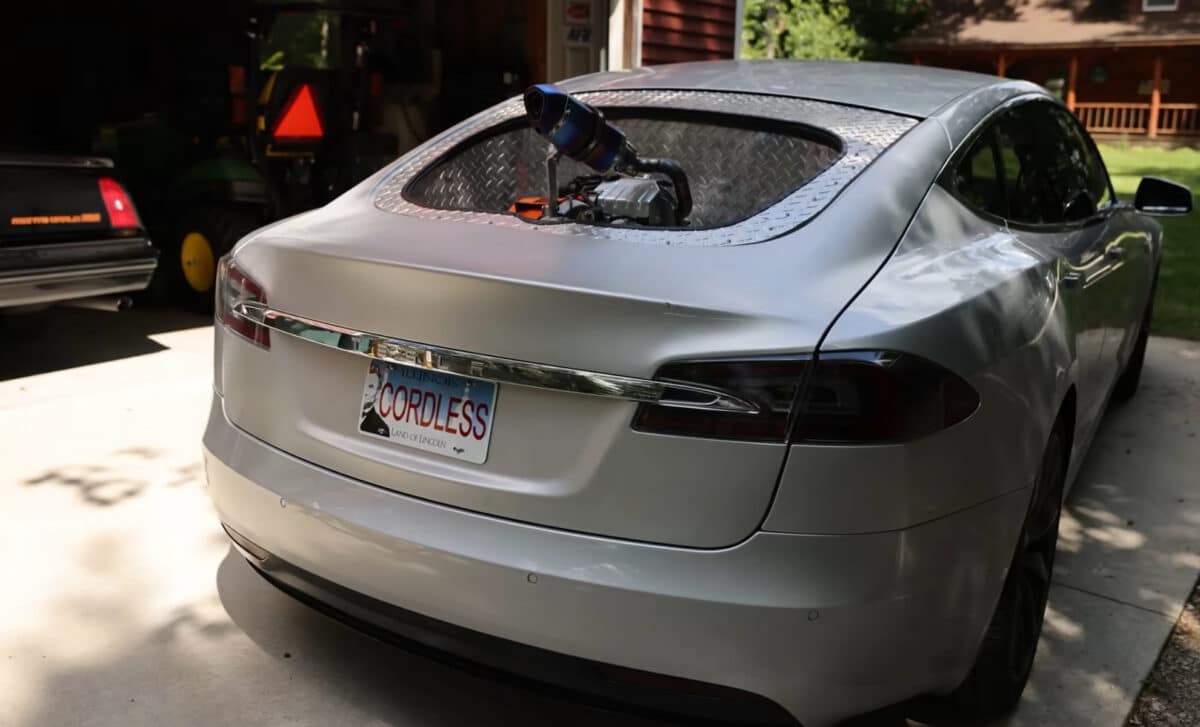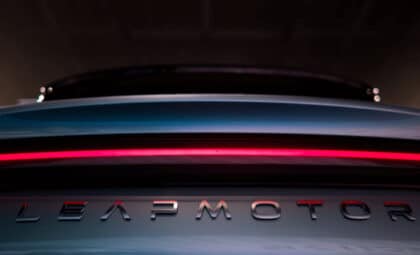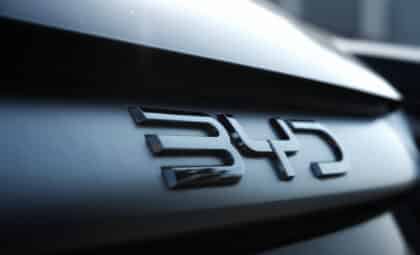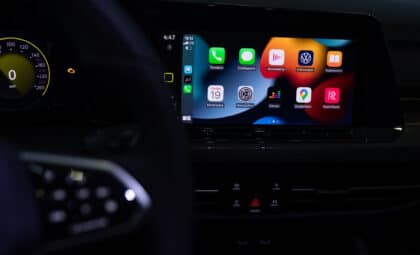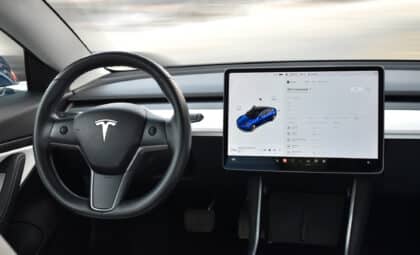The man behind the project—Warped, a YouTuber—used the setup to travel across several U.S. states, including Illinois, Michigan, and Wisconsin. His approach was driven by a desire to avoid the delays and inconvenience associated with waiting at Tesla Superchargers during long-distance travel.
Rather than relying on charging infrastructure, Warped aimed to turn his Tesla into a self-charging vehicle. The solution came in the form of a single-cylinder gasoline engine, strapped inside the trunk, designed to generate power on the go. While the experiment technically worked, the trip exposed major drawbacks that ultimately limited its practicality.
A Single-Cylinder Generator Inside a Tesla
The gasoline engine added to the Tesla was capable of producing 10 kilowatts of power. Positioned in the trunk, it acted as a generator, supplying electricity directly to the EV’s battery system throughout the journey. This allowed Warped to operate the vehicle without ever plugging into a charger.
According to SupercarBlondie, the goal was to eliminate range anxiety by building what he referred to as a “cordless Tesla.” While the engine functioned as intended, several challenges emerged. Fuel leakage occurred during the trip, and the system consumed gasoline faster than expected. At one point, the vehicle began spraying gas out of the back at high speed.
Despite these issues, the cabin remained relatively insulated from the noise. Though the engine made the car loud from the outside, interior sound levels were described as manageable.
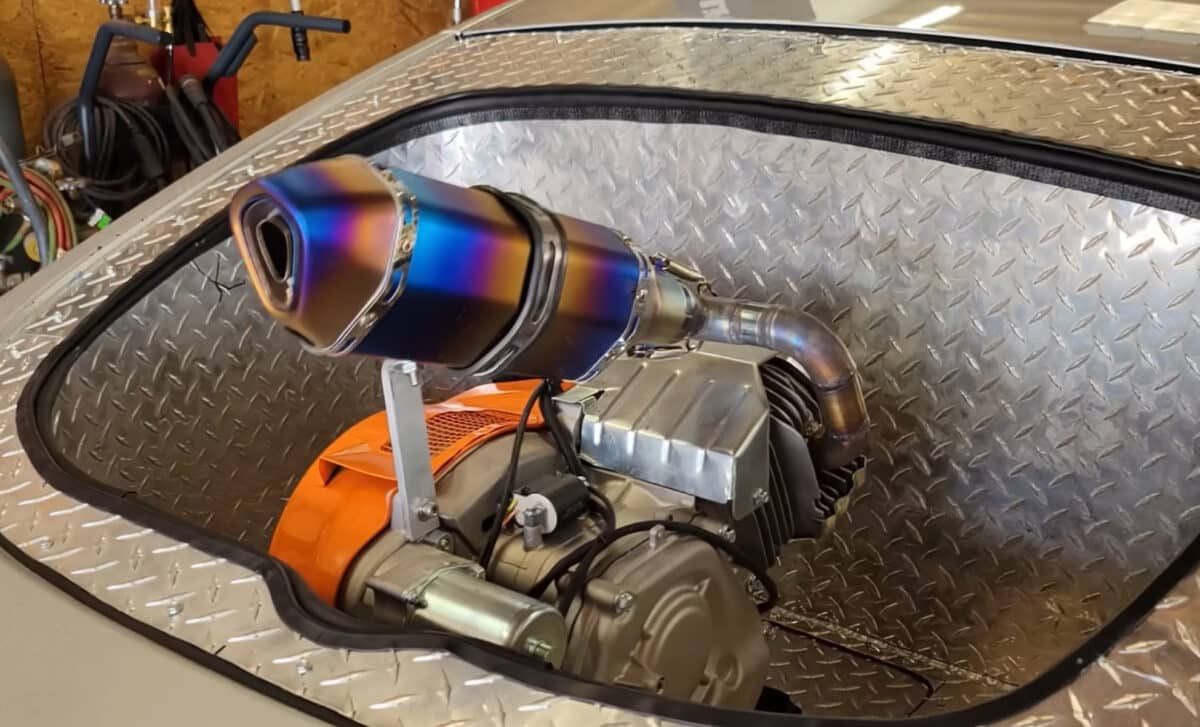
Performance Limitations During the Trip
Although the Tesla completed the full 1,800-mile trip without connecting to any external power source, the generator could not provide energy fast enough to match driving demands. The driver was forced to stop for several hours each day to allow the battery to recharge from the gas engine.
As reported by the same source, Warped acknowledged the limits of his design, describing the generator as “basically useless” in terms of delivering a seamless driving experience. The output rate of the small engine meant that the vehicle could not run continuously without lengthy pauses.
This time cost ultimately made the setup less efficient than simply using Tesla’s existing charging infrastructure.
Experimental Spirit and Unexpected Outcomes
The modification was driven by frustration over having to wait at Superchargers on previous road trips. The DIY hybrid offered a workaround but introduced its own set of problems, making it more of an experiment than a viable long-term solution.
During the trip, Warped also met with a friend who had built a jet-powered pontoon boat, underlining the creative but unconventional nature of the project. Although he achieved his goal of completing the trip without plugging in, the inefficiencies highlighted the challenges of relying solely on a small gas engine for sustained electric driving.

